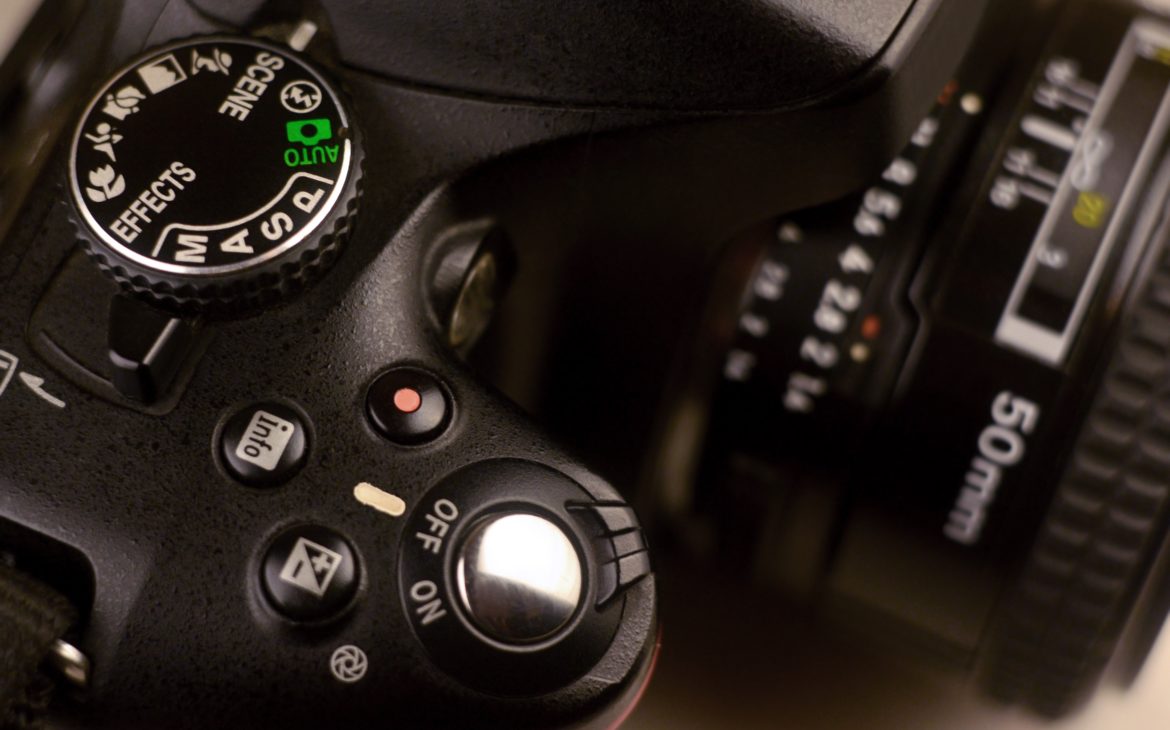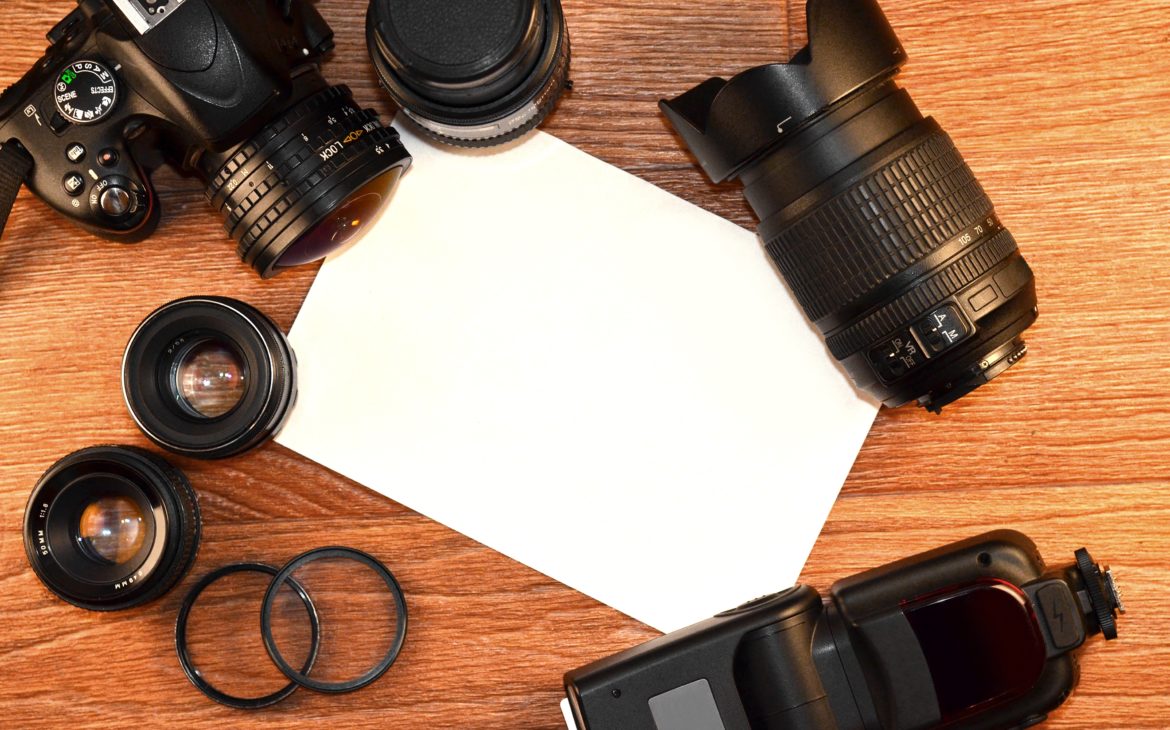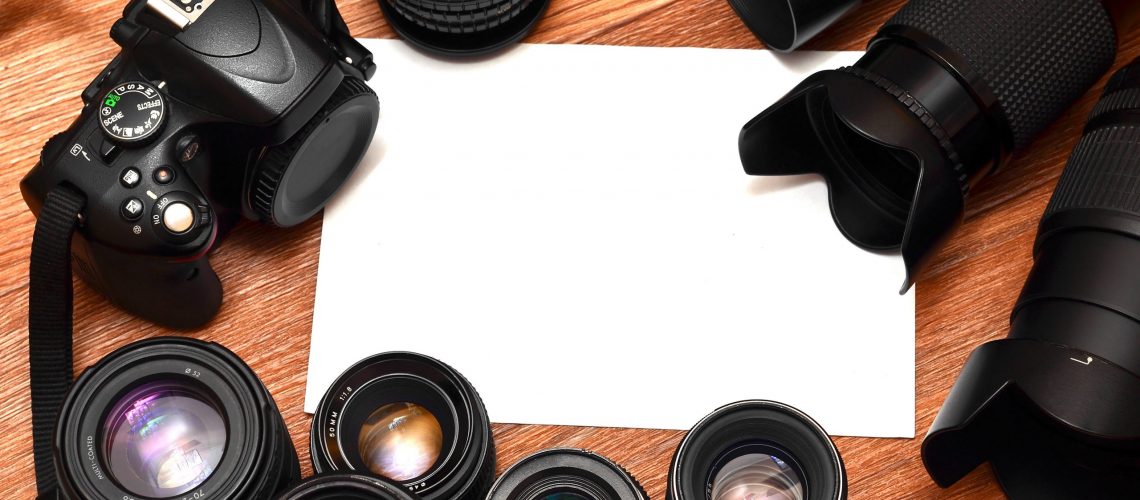Digital Photography Tips that we are going to discuss will take it to the next level at your end. Let’s check them out, one-by-one.
Tips to Improve Photography : Rule of Thirds
This is one of the rule followed by te Digital Photography industry to help you take eye catching pictures. It gives the photography it’s much needed “woW” accolade. It acts as the secret ingredient to the recipe of the photography. Just see to it.
There is an imaginary grid. Try to place the subject some way off-center at the intersecting points of these imaginary lines to create aesthetically advanced photograph. Placing the focal point in the center square makes the photograph more appealing to the eyes of the onlookers.
Let’s start from the very first step:-
Avoid Camera Shake
Blur or camera shake is considered the biggest blunder that can happen to a camera person while clicking a photograph. It is the severe wastage of time, resource and loss of special moment which was to be captured. Being a menace to plague photographs it must be dealt with effectively. We must learn how to hold camera in a correct position to minimize the shakes. For this thing to happen we must select shutter speed appropriate to lens’s focal length.

We should hold the camera in a way that both hands must work in coordination with each other. First one around the body of the camera and the other around the lens. The digital camera must be kept next nearest to the object to be clicked. If we are using a 100mm lens, shutter speed should be lower than 1/100th of a second.
1 / Focal Length (in mm) = MSS = Minimum Shutter Speed (in sec)
Digital Photography and Camera Technique : Essentials
Let’s check some of the easiest and quickest way to take great photos with small instruction and corrections done with the camera handling.
Tripod Stands
To makes photography hand free and help avoid shaking of the camera
Exposure Triangle
- We have to understand terminology like Shutter Speed, Aperture, and ISO.
- Digital photos look at their best when we coordinate the three controls.
- When adjusted usually at least one helps to get the desired effects.
Use a Polarizing Filter
- The circular polarizer allows camera to use TTL (through the lens) metering, like auto exposure.
- The filter helps to reduce reflections from water, metal, and glass.
- It helps improve the colors of the sky and foliage and will help give our photos the WOW factor.
- It also protects the lens

Creating Depth in Photograph
- Digital photography landscapes to make viewer feel a depth of the photography.
- Wide-angle lens is best for panoramic view.
- Small aperture of f/16 or less than this, keeps foreground and background sharp.
Using Simple Backgrounds
Simple patterns and neutral colors are the best choice. A plain background makes it more conceptualized. Focal point of the image is enhanced by the plain colour background …. Nobody wants to lose the interest of the subject by a passing by old weak dog or a rushing car in the background. This model or the subject must be placed off-center.
Flashing Indoors is a complete blunder
- Flash makes the indoor portraits look unnatural and harsh.
- So try avoiding flashes indoors by pushing ISO up from 800 to 1600 to make a significant difference for the shutter speed. Try to use widest aperture possible for the subject.
- To get an excellent blurred background, use the light as a deciding factor to reach the sensor.
Choose the Right ISO
- The ISO ascertains sensitivity of the camera with light.
- When it’s dark: push the ISO up to a higher number.
- On sunny days: choose ISO 100 or the Auto setting.
Pan to Create Motion
- Always pan to capture object in motion.
- Choose shutter speed approx two steps lower than necessary
- Like for 1/250, we would choose 1/60.
- Better is to use tripod to avoid blur or camera shake.
- Camera should be on the object with the finger halfway down on shutter to lock the focus.
Experimenting with Shutter Speed
Tripod is a must while taking a night time shot with shutter speed marked at 4 sec which is faster i.e., choose for 1/250th of the second, to make Trails long or bright otherwise it will freeze the action taken.
Try shooting compositions with other moving objects and backgrounds. For crowd walking, beach with waves, cars, use different shutter speeds. Capture blurred movement or snapshots that freeze everything sharply. The camera with tripod must stabilize and eliminate camera shake whenever you use slow shutter speed to blur the movement.

